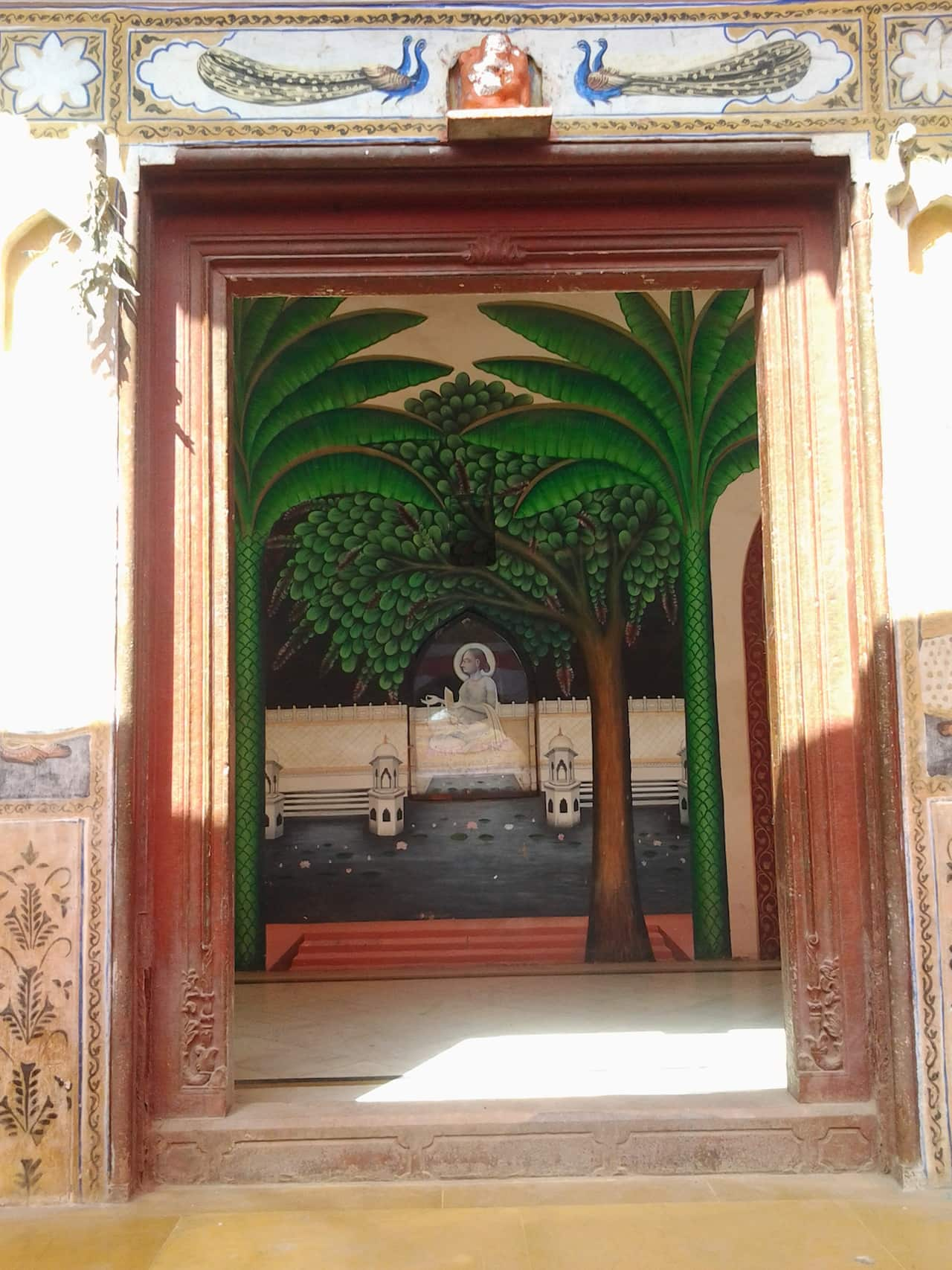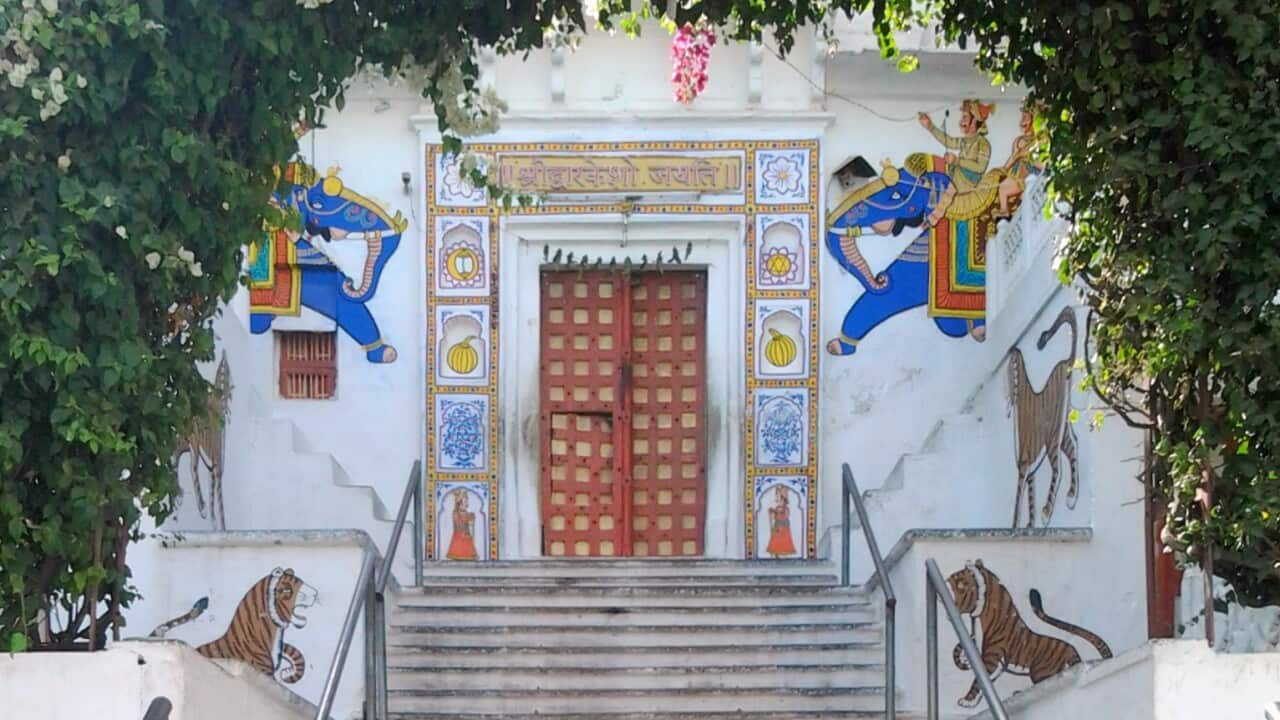Alokparna Das says writing the book ‘Haveli Sangeet’ was a pilgrimage for her as she travelled across Rajasthan, Gujarat, Uttar Pradesh, Maharashtra, Madhya Pradesh and Karnataka in search of temples called Havelis (grand mansions) that were at the centre of the origin of a tradition of devotional music. ‘While visiting the various centres of Haveli Sangeet – from the main shrine of Shrinathji at Nathdwara near Udaipur to the Havelis or grand mansions where Pushtimarg swaroops or deities are enshrined, I was witness to music replacing mantras in sacred spaces and residences turning into temples where god was being treated as pampered child of the family,’ says Dr Alokparna Das who is herself is a classical singer and journalist.
‘While visiting the various centres of Haveli Sangeet – from the main shrine of Shrinathji at Nathdwara near Udaipur to the Havelis or grand mansions where Pushtimarg swaroops or deities are enshrined, I was witness to music replacing mantras in sacred spaces and residences turning into temples where god was being treated as pampered child of the family,’ says Dr Alokparna Das who is herself is a classical singer and journalist. In her own words, this book “is an attempt to understand Haveli Sangeet, trace the original style and compositions of north Indian classical music, the first eight poets or Ashtachhap Kavi of Pushtimarg sect, the repertoire’s emphasis on poetry, its association with rituals and daily village life, its composers from various sects and religions, its far-reaching influence on Hindi literature, its links with other arts, architecture and regional culture, its history, its present state, and the need for its preservation and propagation.”
In her own words, this book “is an attempt to understand Haveli Sangeet, trace the original style and compositions of north Indian classical music, the first eight poets or Ashtachhap Kavi of Pushtimarg sect, the repertoire’s emphasis on poetry, its association with rituals and daily village life, its composers from various sects and religions, its far-reaching influence on Hindi literature, its links with other arts, architecture and regional culture, its history, its present state, and the need for its preservation and propagation.” Dr Das points out that Gujarati diaspora has preserved and spread the tradition of Haveli Sangeet across the world.
Dr Das points out that Gujarati diaspora has preserved and spread the tradition of Haveli Sangeet across the world.

Haveli Kankroli, Rajasthan Source: Supplied

Dr Alokparna Das Source: Supplied

Shri Gokulchandramaji Haveli, Kamvan - Kaman, Rajasthan Source: Supplied
“Gujarati community has contributed a lot to the tradition of Haveli Sangeet. There are grand mansions at places like Chicago which have become the centre of Haveli Sangeet outside India,” explains Dr Das.




